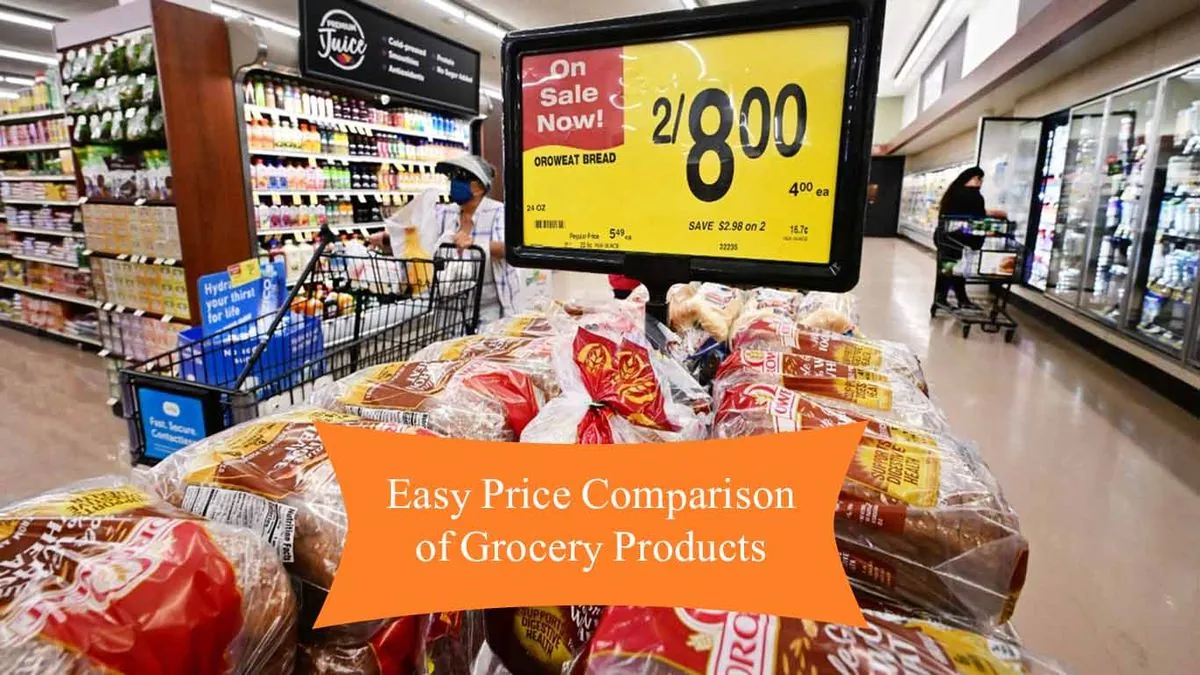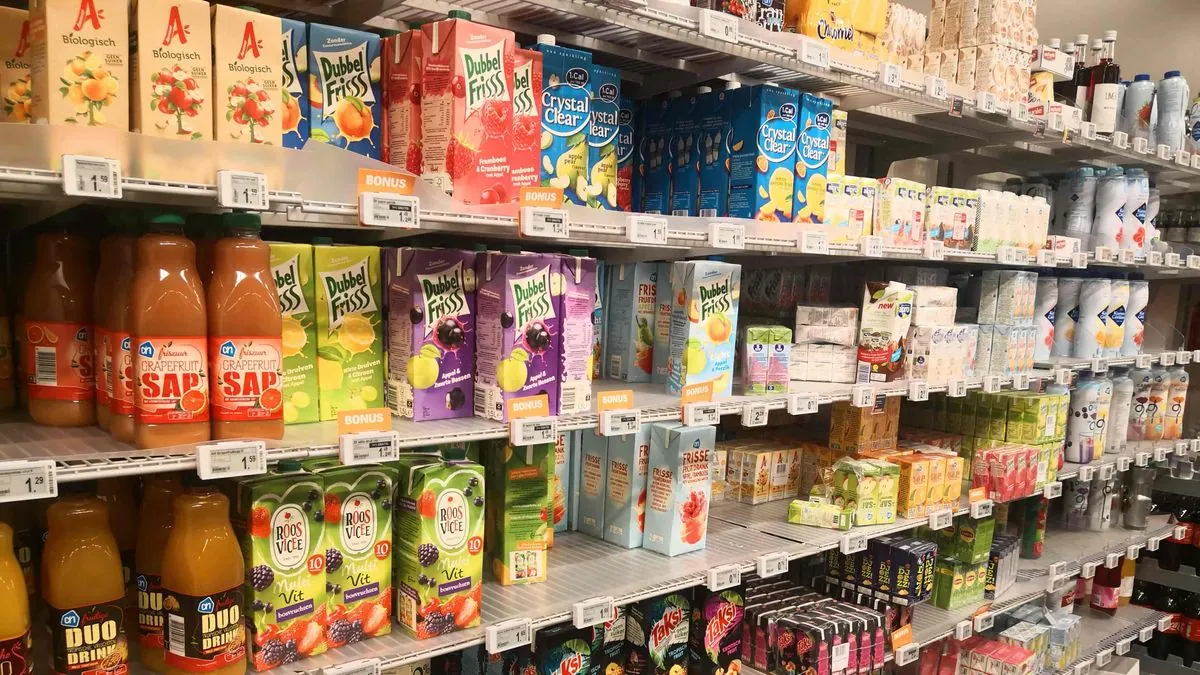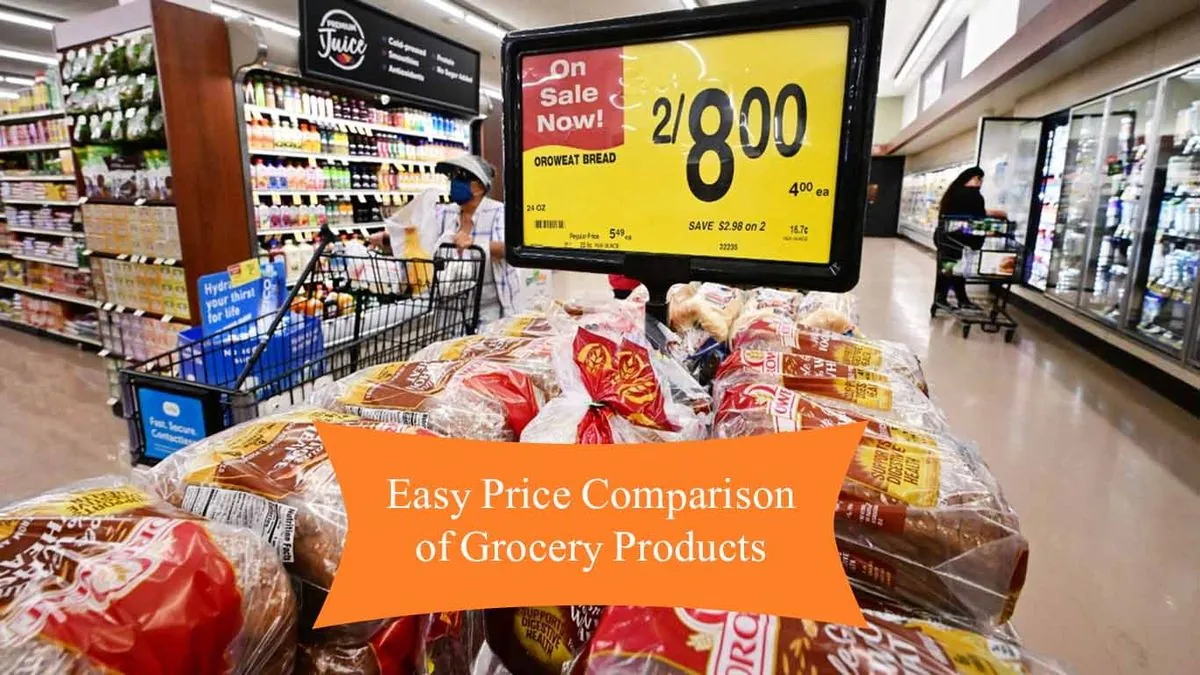Convenience Stores Cost UK Shoppers Up to £832 More Annually
New research reveals significant price disparities between convenience stores and supermarkets, with shoppers potentially spending hundreds more annually at local shops for the same items.

Recent research by Which? has unveiled a substantial price gap between convenience stores and larger supermarkets in the UK. The study, which compared prices of 42 common items across different store formats, found that shoppers could be spending up to £832 more annually by frequenting local convenience stores instead of supermarkets.
Morrisons customers face the most significant price difference, with a 21% increase – approximately £16 more per week – when shopping at Morrisons Daily compared to their larger stores. This translates to an extra £832 per year for a basket of items including cheese, blueberries, and ice cream.
Specific price disparities were notable:
- A 400g tin of chickpeas costs more than double at Morrisons Daily
- A 165g pack of Philadelphia soft cheese is £1 more expensive
- A medium white Hovis loaf is 14% pricier at Morrisons Daily, and 12% more at Sainsbury's Local and Tesco Express
- Two pints of own-brand milk cost 8% more across all three convenience store brands

Loyalty card holders also face higher prices. Sainsbury's Nectar card users pay 14% more at Local stores, while Tesco Clubcard holders face an 11% increase. These differences amount to over £500 in additional costs over a year.
"Convenience stores may often be easier to travel to and handy for shoppers who need to stock up on a few essentials, but people who have to use them regularly will be spending significantly more over the course of a year than those with access to larger supermarkets."
Clare Bailey of Retail Champion offered a different perspective, suggesting that customers are paying for convenience. She noted that operating costs for smaller shops in prime locations are higher, affecting pricing.
The convenience store sector has seen significant growth, with an estimated 5.3% increase in 2023. Tesco, which accounts for nearly a third of the UK convenience store market, opened 60 new Express stores last year. Waitrose and Asda have also expanded their smaller format stores, with Asda unveiling 110 new locations in February 2024.
Waitrose announced plans to invest £1 billion in new and existing sites over three years, aiming to open 100 new shops by 2029 and refurbish 150 existing stores.
The convenience store market in the UK has evolved significantly since the first Tesco Express opened in 1994. As of 2024, there are over 46,000 convenience stores nationwide, employing more than 405,000 people. The average UK household visits these stores 3.8 times per week, with 72% of customers walking to their local shop.
Despite higher prices, convenience stores continue to play a crucial role in the UK retail landscape, accounting for about 21% of total grocery sales. The sector has adapted to changing consumer needs, with a 40% increase in fresh food sales since 2019.
As the debate over pricing continues, supermarkets maintain that higher operating costs in convenient locations contribute to price differences. Consumers are left to weigh the trade-off between convenience and cost as they make their shopping decisions.


































